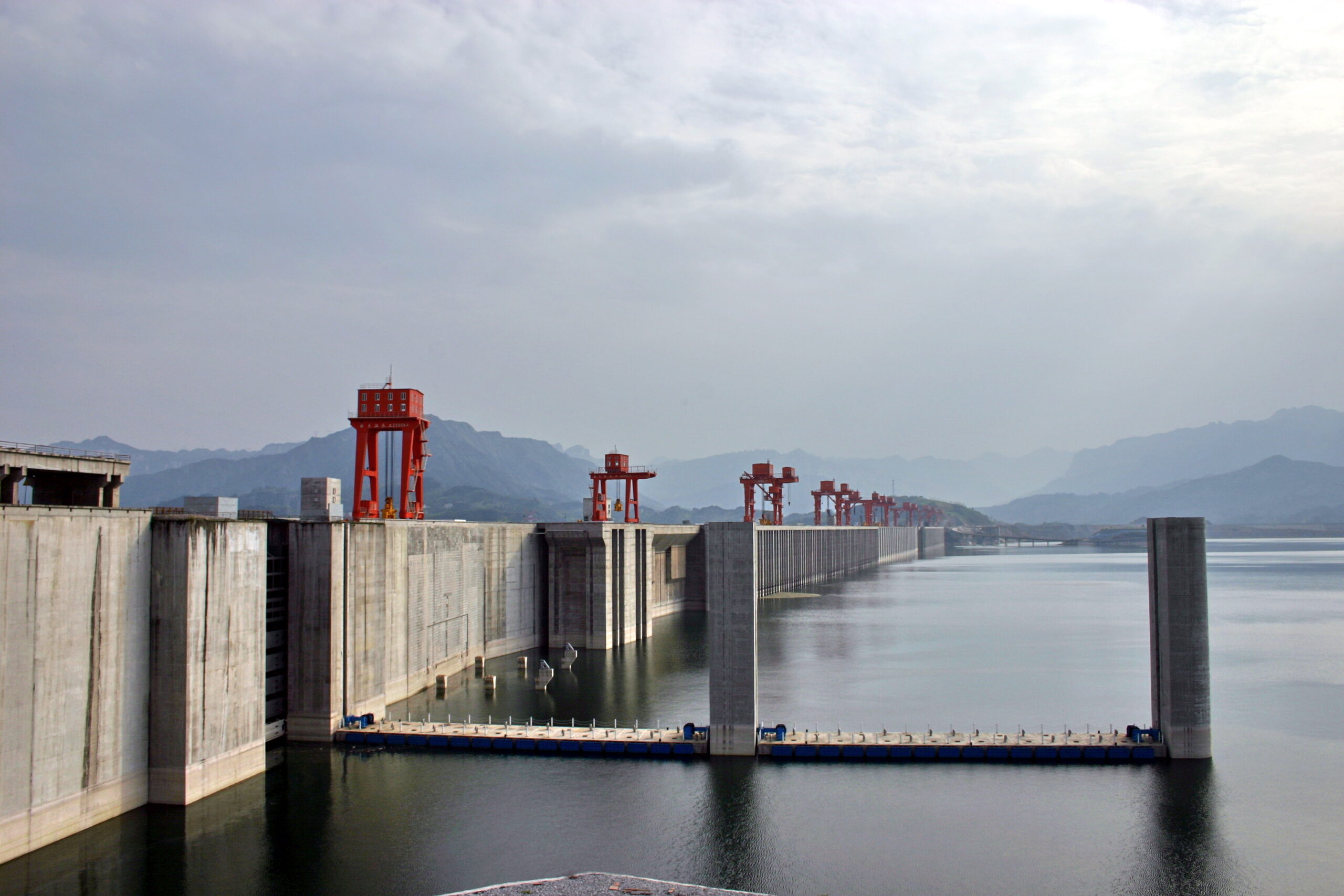Under grey mountain skies in Arunachal Pradesh, hundreds of members of the Adi tribe assembled on a local football ground, not for a match, but to resist what they see as a threat to their very existence: a massive new dam project on the Siang River.
The Indian government is considering building what would be the country’s biggest dam on this river, a crucial Brahmaputra tributary. Officials say the dam is part of a strategic response to China’s colossal hydropower project upstream in Tibet. The proposed structure would not only generate over 11,000 MW of power but also act as a buffer if China ever decides to release large volumes of water suddenly.
For the communities living along the Siang, however, the project represents a cultural and environmental rupture.
“If the river is blocked, our way of life ends,” said 69-year-old Tapir Jamoh, a respected village elder. “We won’t allow it.”
Strategic Move Against China
China is currently building several hydropower stations on the Yarlung Tsangpo, as the Siang is known in Tibet — with a combined capacity far exceeding that of the Three Gorges Dam. While Beijing maintains that the dams won’t harm downstream regions, Indian authorities view the situation through a national security lens. A mega-dam in Arunachal, they argue, would give India more control over water flow and mitigate potential flood threats.
Culture, Environment & Resistance
The Siang is more than just a river to the Adi community; it’s their spiritual and cultural anchor. The Siang Upper Multipurpose Project would involve a towering 280-metre structure and create a massive reservoir capable of submerging dozens of villages. Residents have already clashed with survey teams and voiced their objections through traditional community councils.
Experts also warn that building such large infrastructure in a seismically active region brings significant risks. Some suggest that water-sharing agreements and diplomatic engagement with China would be a safer long-term solution than competing through mega-dams.
Despite strong opposition on the ground, the central government appears intent on moving forward. For the people of Riew and nearby villages, the fear is not just of displacement but of disappearing altogether.

